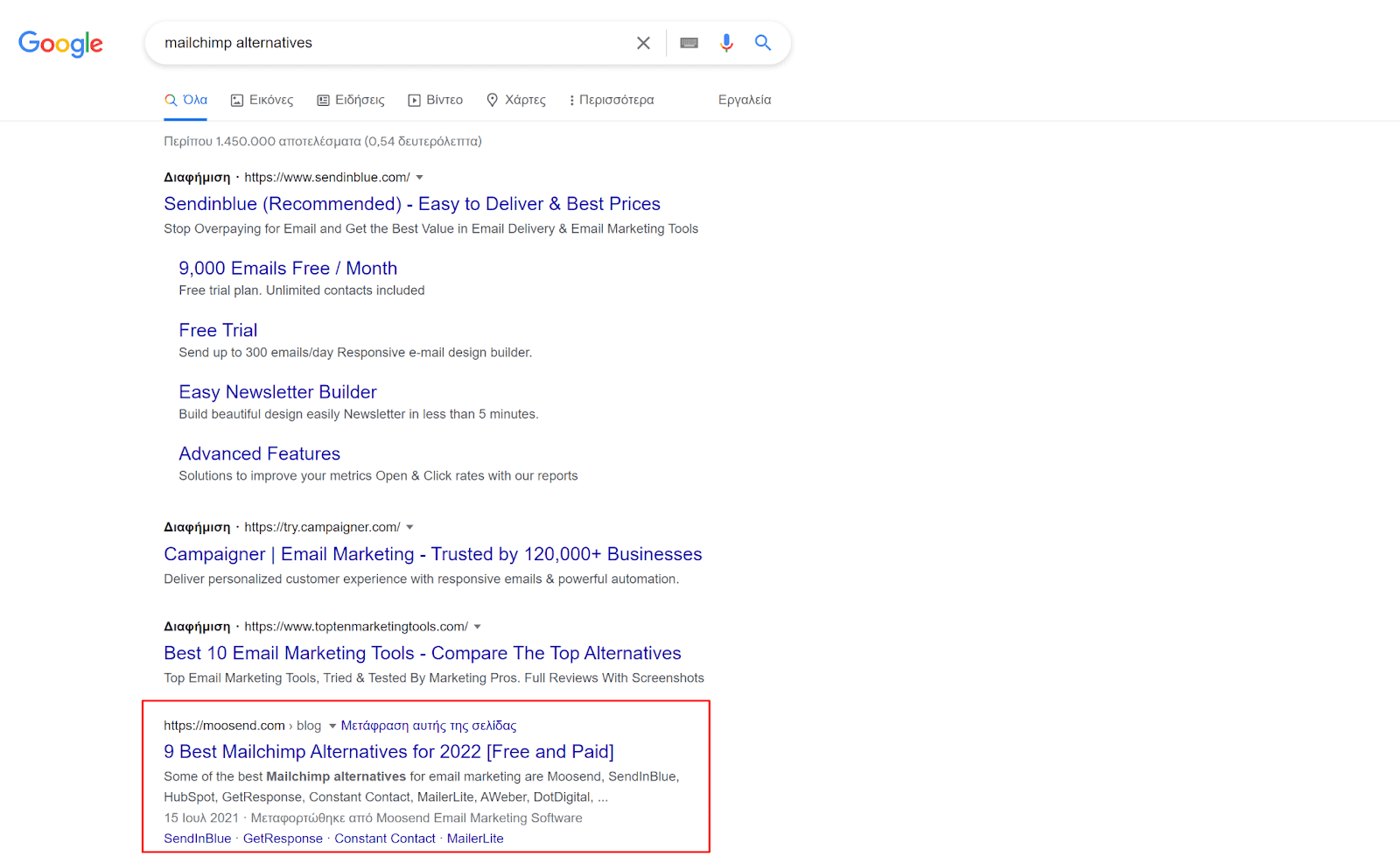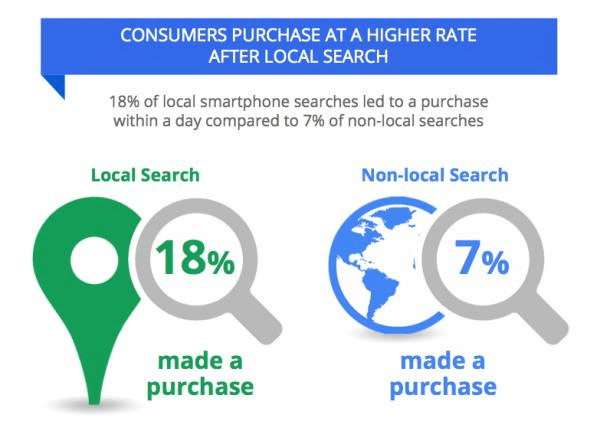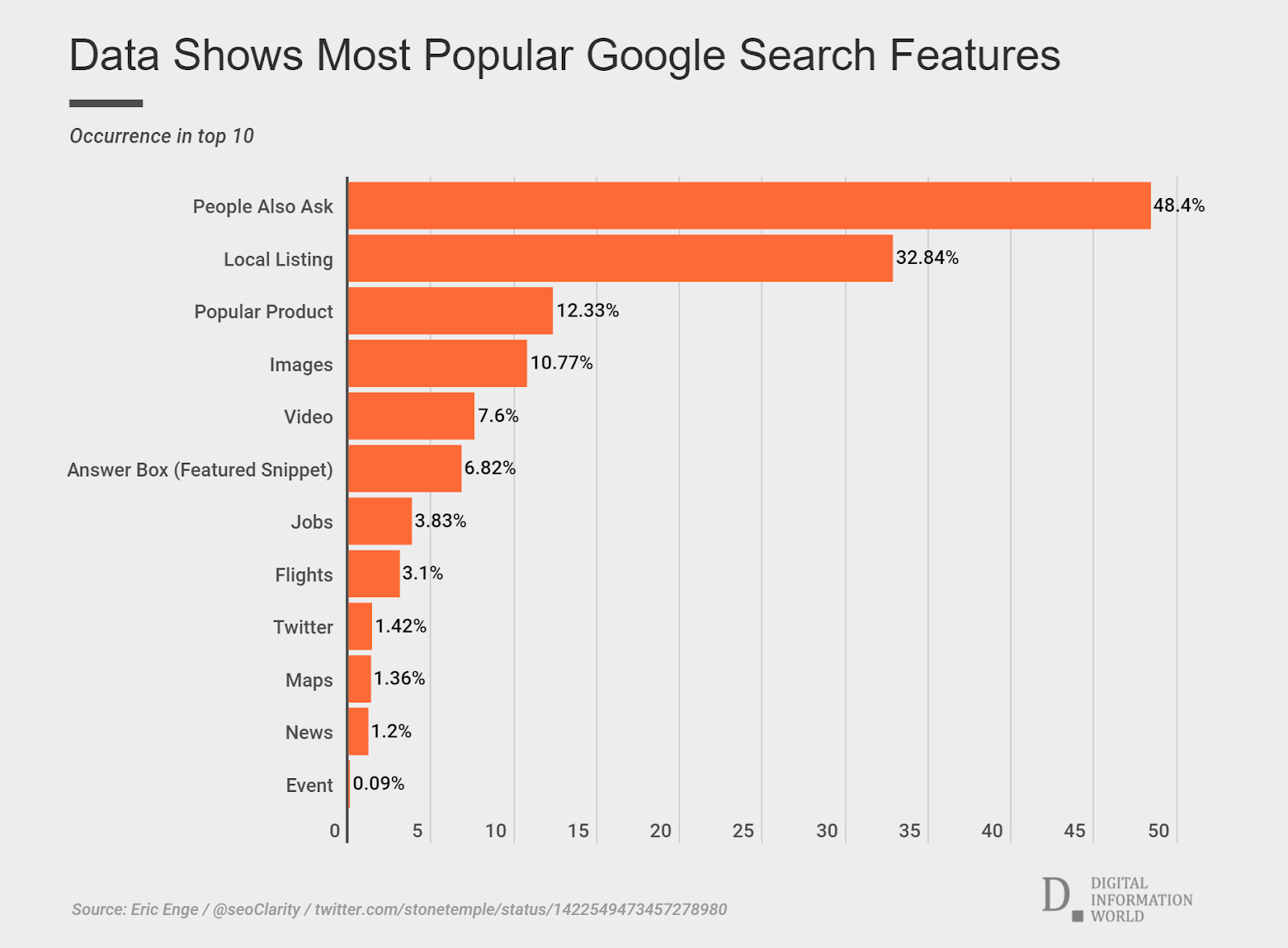What Is Going On With SEO in 2022?
From Experts
Search Engine Optimization, or SEO, is the act of creating content and improving your site to get to the first page of Google and other search engines. In other words, SEO can help your business's visibility and boost awareness for your organization.
Google, Bing, and other search engines use algorithms and bots to collect and analyze data from all pages across the web and allow users to find just the right thing at the right time. This means that they search for signals in the forms of keywords and other data to determine whether your page is useful or even relevant to the user's query.

The numbers above indicate how beneficial SEO is in 2022, especially given that a user won't go past the first page of SERPs most of the time.
Now, I'm sure you'll wonder why marketers don't just use paid ads to boost their website's traffic. Paid ads are not something one can use constantly, and SEO has the ability to create a ‘self-service’ advertising model without being intrusive.
It's mainly about finding just the right thing at the right time and getting users to come to you. This act is possible with great content, expert keyword targeting, and great clustering.
SEO is a crucial strategy for digital marketing, and not doing it is like leaving money on the table. After all, users search for various things every single day, and the goal of search engines is to service that intent. By using this intent to your advantage, you can boost your traffic and see a significant change in the way you reach your goals and KPIs.
SEO is one of the marketing tactics that can be pretty versatile, too. Knowing how to optimize your content to show just the right thing at the right time, you can optimize other aspects of your digital marketing as well.
Let's see how you can do that in 2022.
How to Do SEO in 2022
The first thing to remember is that SEO is not like a paid ad, in the sense that, to create a great SEO strategy, you need to be patient and persistent. SEO requires a lot of effort - that will eventually pay off - and various tactics like link building, integrating your keyword research to your social media, keyword clustering, and other tactics.
The Tried and True Methods
You wouldn't want to miss out on some classic SEO methods. They include email marketing, building a unanimous brand, and creating perfectly relevant visuals for your brand.
Without a brand, there is no need to do SEO, and without SEO, your brand won't get the exposure it needs. So, the first thing to do would be to create a website that will be very clear and on-brand.
Create content that will answer the user's query. Make sure not to confuse this piece of advice with keyword-dense blog posts. This will do you no favors in the long run, as the content of your website won't be valuable. Instead, create meta descriptions and titles that will look like they hold all the information the user needs and deliver in your content.
Take the unanimous brand strategy and make sure to apply this to your email marketing strategy as well. Using your email copywriting to attract your ideal customer down the line will increase valuable traffic and, of course, engagement. Using email marketing to promote your SEO content will get more qualified leads to your website.
If you couple that with expert visuals, brand colors that do your brand's tone justice, and memorable email and website experiences, you've got yourself a website that shows search engines that it's valuable. Remember, the user must stay on your page and not click the ‘back’ button. Doing so will result in search engines believing that your website has nothing to say to qualified leads and that it doesn't satisfy user intent.
Remember, it's one thing to promote new content or a blog post to users who have willingly subscribed to your email list and a very different thing to trick users into interacting with your content.
Keyword Clustering
Behind every brand, there's a reason. It's either a product that didn't exist before, a service that can be better or more versatile than what the competitors offer, or even a desire for exclusive deals and benefits.
Keywords are the best way to describe those reasons, and every keyword has a search intent. Users may be looking for the ideal present for someone's birthday, an article that will help them build their skill set or even a comparison table between different email marketing platforms.
You can create content to satisfy the intent behind each query by using these keywords to your advantage. For example, take the keyword ‘Mailchimp alternatives’. Here's what you get in Google's SERPs:

As you can see, the first results are paid ads, but the first organic result is this blog post here. According to that result, the main reason behind this keyword is to compare different email marketing services. So, the users need information.
You wouldn't have known that without doing some research. However, you cannot be on your toes for every single keyword that could be relevant to the ‘Mailchimp alternatives’ one. And keyword research may be the main way to do SEO, but this is where keyword clustering enters.
Let's assume that you have an eCommerce store. The ‘buy clothes online’ keyword is not the only one the user will think of. You won't be successful with your eCommerce marketing by optimizing for one keyword alone.
Users could bump into your eCommerce store using keywords like ‘swimsuits online’ or even a long-tail keyword like ‘where can I find good quality boots’. Assuming that your eCommerce store offers these products, you must put these keywords under one cluster. Google will rank your website or page for multiple keywords anyway. Using just one main keyword won't do you any good.
Searching for more keywords and using all relevant ones will result in your content looking and feeling more natural, while satisfying all aspects of the user's intent. After all, using up one keyword will show Google exactly what you're doing. Its algorithm can identify valuable content versus spammy content that is there only to rank. After that, get ready for valuable traffic and users who will love your content and interact with it, boosting your conversion rate and ROI as they move across the funnel.
Of course, keyword clustering is time-consuming. It takes a lot of research to identify and group up various keywords to match your content. But it's one of the most worthwhile tactics.
Optimize for Voice Search
Voice search is on the rise, with virtual assistant technology changing the SEO field slowly but steadily. This means that to do SEO correctly, you will need to be one step ahead and optimize for voice search and manual search.
Voice search SEO is a little more complicated than regular SEO since you'll need to think like a user who uses these tools rather than a general internet user.
So, keep the following in mind:
- Users ask virtual assistants various things. From queries to commands, they won't use just one keyword. It'll be more like, ‘Hey, Siri, what are the best restaurants in my area?’ and less like ‘Restaurants in my area’.
- Users often have conversations with these assistants. It might sound strange, but we all have played around like this. Make sure to create content that sounds conversational. Refrain from creating an old-fashioned post.
Being conversational may sound a little challenging, but it really is not. Just use the most common questions first: how, who, what, where, why. Make sure your content performs better by using sentences like ‘How to style your bathing suit’, or ‘What are the most effective automation builders in 2022?’.
And since virtual assistants operate a little like Google's ‘I'm feeling lucky!’ button, make sure to create a website or a blog post that will place you in the right position of the SERP rankings. You want your content to be the first one the voice assistants find.
At this stage, using the ‘Related searches’ function of Google would be wise. What you'll see there will range from questions to sentences and long-tail keywords.
Since users are implementing voice search in 2022, keyword research is more than just using a tool and creating content around these keywords. It's more about casual, conversational content that will satisfy user intent.
Local SEO on the Rise
Here's why you need it:

Local SEO is to be expected, especially when users look for ‘Yoga studios near me’ instead of ‘Yoga studios [the general area where they live]’. Local SEO is having its time in the sun, and with good reason.
To satisfy this intent, Google uses the user's location when the search is being conducted, especially when talking about a local service or keyword. And this happens even if they don't specify their location. Search engines prioritize local content and local businesses over the rest. So, if the user's search is ‘Accountants in my area’ and this area is in San Francisco, Google will take that into account.
To nail local SEO, make sure to create pages dedicated to each location you're servicing. Local pages with addresses, separate emails, localized keywords, and phone numbers give users all the information they need. And the more they stay on your page, the more valuable Google deems your content to be.
Take advantage of other features like Google My Business and Google reviews for your business or service. Google will recognize the interactions and allow you to move higher up to its SERPs. And, of course, create content that will be focused around some local keywords. ‘View of the Acropolis’ cannot exist as a long-tail local keyword when the business is not located near the monument. It's spammy and won't satisfy the user's intent.
Use Content Optimization Software
Content is the one thing that can help you rank just by being high-quality and valuable. Of course, you'll need to take various parameters into account, such as the keyword trends of each time period and whether you want to create seasonal content or not.
The main task here is to optimize your content to make it high-quality and semantically appropriate. Content optimization tools allow marketers to understand the content, rank its performance, and figure out how it could become better - and rank better, of course.
Content optimization software is one of the content marketing tools that will improve your piece's performance, its readability, and the way it ranks by taking into account your customers' needs and intent, as well as your competitors' efforts.
A good content optimization tool will also allow you to understand the algorithm updates of various search engines - not just Google's - and use those to your advantage through an ever-changing digital marketing field.
‘People Also Ask’ and Long-Form Content
I mentioned the ‘People also ask’ feature before. It's one of the most valuable functions of Google and one all of us have used in the past. Here's what I mean:

This is why you need to take advantage of it by looking into the keyword results of this feature. By doing so and identifying what the long-tail keywords are, you can create valuable, relatable content that will rank better. Even more so if you include those ‘People also ask’ queries into the H2s and H3s of your articles. After all, what you need is to create holistic content.
And since we're talking about holistic, we can't exclude long-form content. After all, long-form content is what contains enough Hs to get your brand identity out there by looking natural and honest.
Remember, users are very suspicious, especially since they've been subjected to unsolicited ads and email blasts in the past. As a result, they can recognize good and bad quality content even before search engines do and are wary of spammy content.
The Takeaway
Before closing off this section, I would like to mention two tactics that can make a significant impact. One is A/B testing, and the other one is video content.
A/B testing allows you to make data-based decisions by allowing your users to become part of the process. Just create two versions of the same marketing material - an email, a web page, anything - and change one key aspect. See which one performs better, and stick to that.
On the other hand, video content is the best way to engage users. It's practical and offers bite-sized pieces of information that are easily digestible, making it great for engagement and interaction and boosting the time spent on the page.
All in all, SEO is one of the ever-changing tactics since it's based entirely on user queries. Pay attention to trends, but don't think you don't need to go for good old-fashioned SEO first for more meaningful results.


